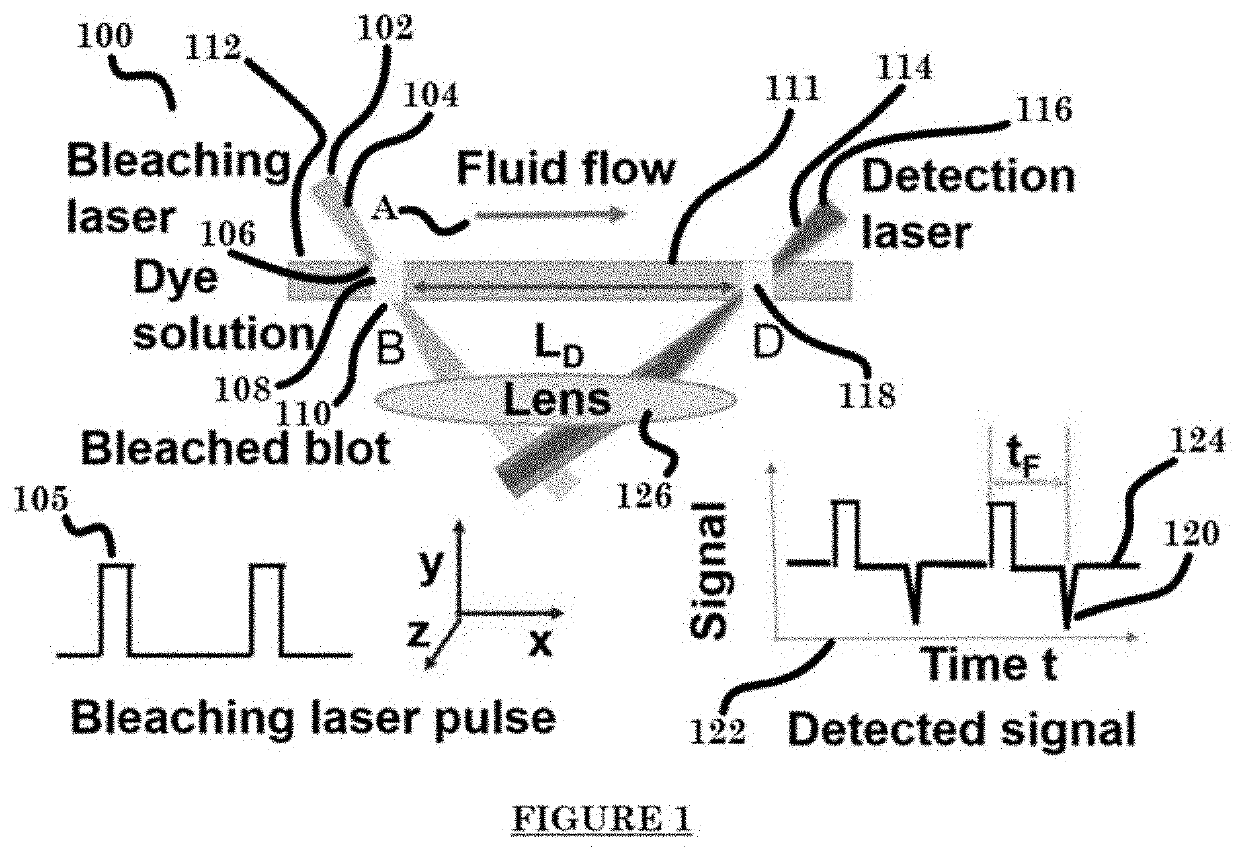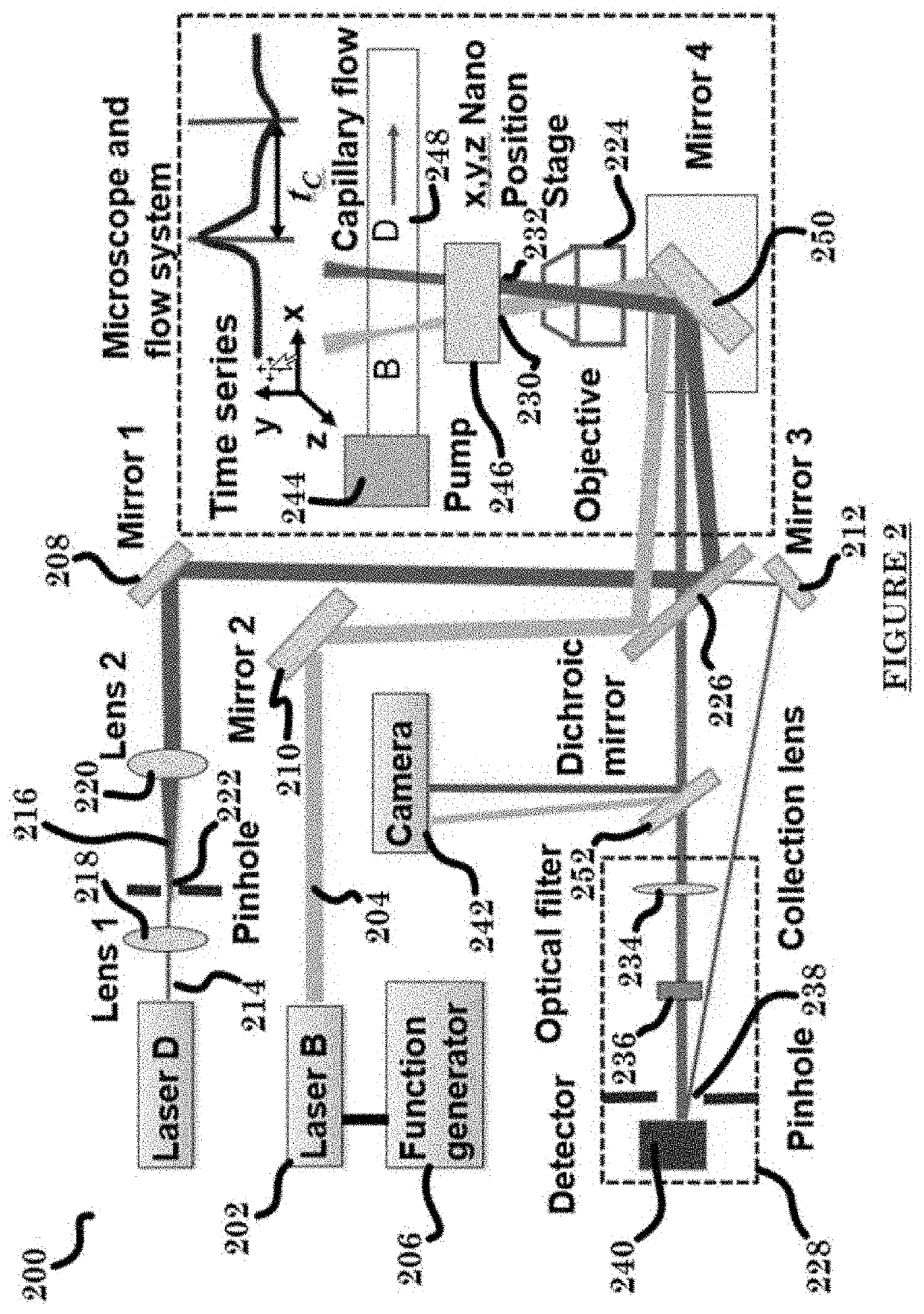Further, whether a fluid flow has a slip or non-slip boundary condition over a
solid surface has been heavily debated over the past two centuries, but a convincing conclusion is still lacking.
Despite extensive research being done in this area, advancements have been limited, and knowledge of the process is still filled with gaps.
While the process of
extravasation is crucial to greater understanding of
metastasis, knowledge on the subject is currently very limited.
This
shear force can have two possible effects on
extravasation: it can either decrease the likelihood of the process from occurring, or it could increase the chances of occurrence.
However, due to the hydrodynamic
shear force, the
tumor cells would get pushed forward with the flow of blood, preventing the
tumor cells from being able to adhere for long enough to transmigration through the vessel wall, thus hindering the process.
On the other hand,
shear stress can cause the
tumor cells to experience a tumbling motion, allowing for the ligands on the cells to adhere to the receptors on the
basement membrane wall and deform, increasing the surface area in contact with the
basement membrane, and therefore increasing the likelihood of the
cell extravasating.
Despite the significance of being able to measure the
shear stress in
blood flow, there is currently no reliable method to measure velocity on such a small scale both
in vitro and
in vivo, for several reasons: available techniques have poor spatial resolution; there is a
cell-free layer in blood vessels, where there are no particles or cells, which are often used as flow tracers; the capillaries in the body may have too small of an inner
diameter, approximately 4-10 μm.
These methods are limited in accuracy and temporal and spatial resolution and cannot measure the velocity profile of a fluid in a tube on such a small scale as is necessary both
in vitro and
in vivo.
Because of the presence of the electric double layer, particles used as a tracer cannot achieve to the near wall region to measure the flow there.
For μPIV2 or nanoPlV the resolution so far achieved is on the similar order of slip length, and it is difficult to determine whether there is slip flow if the measured slip length is in the same order of the spatial resolution of the measuring technique.
If the size of the resolution is even larger than the slip length, it is impossible to directly measure the slip length accurately.
Although nanoPlV is available, interaction between particles and wall due to the electric double layer may hamper measurement.
High spatial resolution (about 50 nm) method was presented using
atomic force microscopy (AFM) but due to its intrusive nature and issue of access to the enclosed flow channels, it would be very difficult to use this technique wherein there is no opened sidewall.
Although most molecular tracer based velocimeters can use a neutral dye to measure average velocity, their temporal and spatial resolution are limited.
However, although it is very powerful, the main drawback of this method is the need of
light intensity calibration with flow velocity prior to the measurements, and the method cannot penetrate deep into
blood flow, if
single photon absorption is used.
Given the limited space available, this method cannot directly measure the distance between the focused positions of the two
laser beams.
Furthermore, for the same reason, this method can only measure bulk flow velocity, but cannot measure the velocity profile.
In addition, for most experiments that use a
microscope, it is almost impossible to add a second objective to keep the two focused points sufficiently close, which is required for velocity profile measurement to avoid
molecular diffusion influence which will reduce
signal and measuring accuracy.
Despite the significance of being able to measure the flow velocity in
blood flow, there is currently no method to measure velocity on such a small scale as
microvessel and capillary, and within the endothelial
glycocalyx layer for both
in vitro and
in vivo, micro /
nanofluidics and interfacial flows.
These methods are limited in accuracy and temporal and spatial resolution, however, and cannot measure the velocity profile of a fluid in a tube on such small scale as necessary in vitro and in vivo.
 Login to View More
Login to View More  Login to View More
Login to View More 


